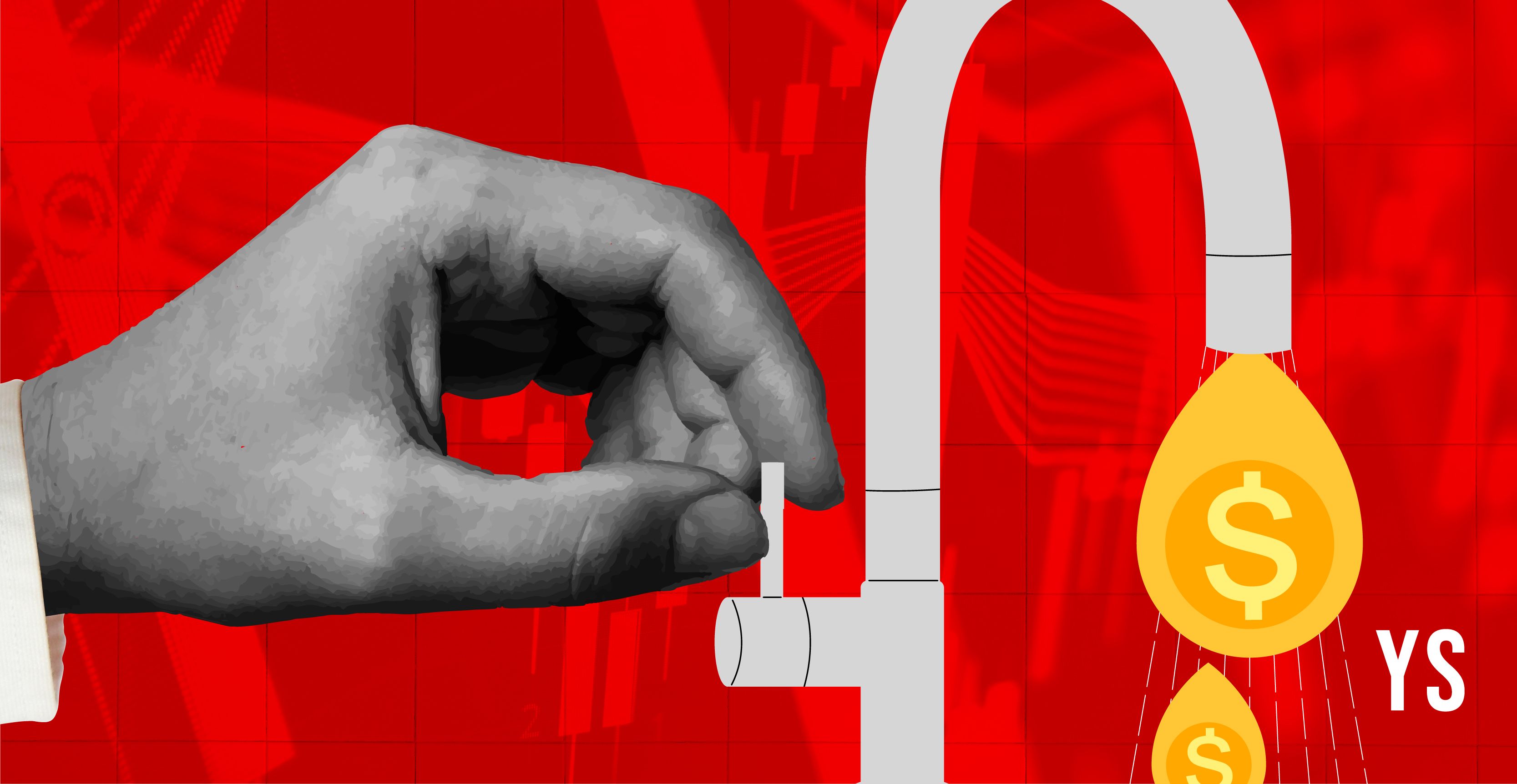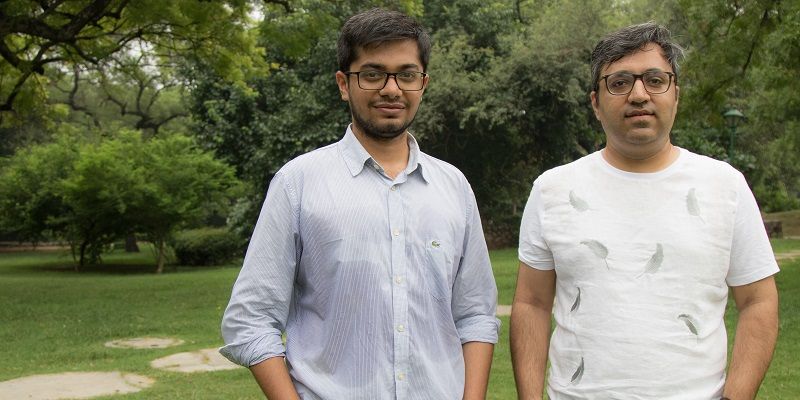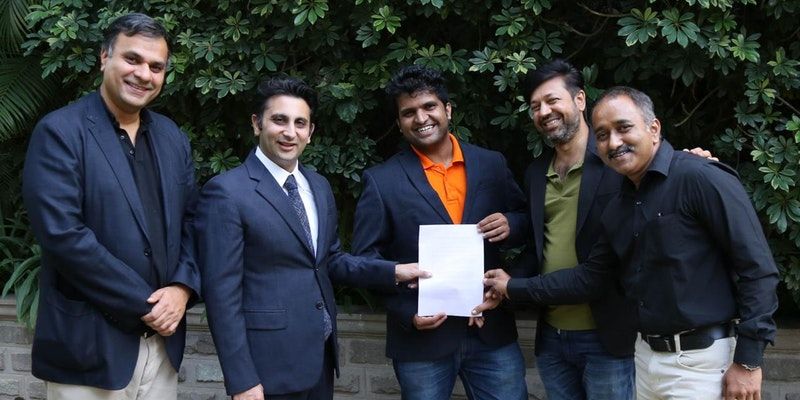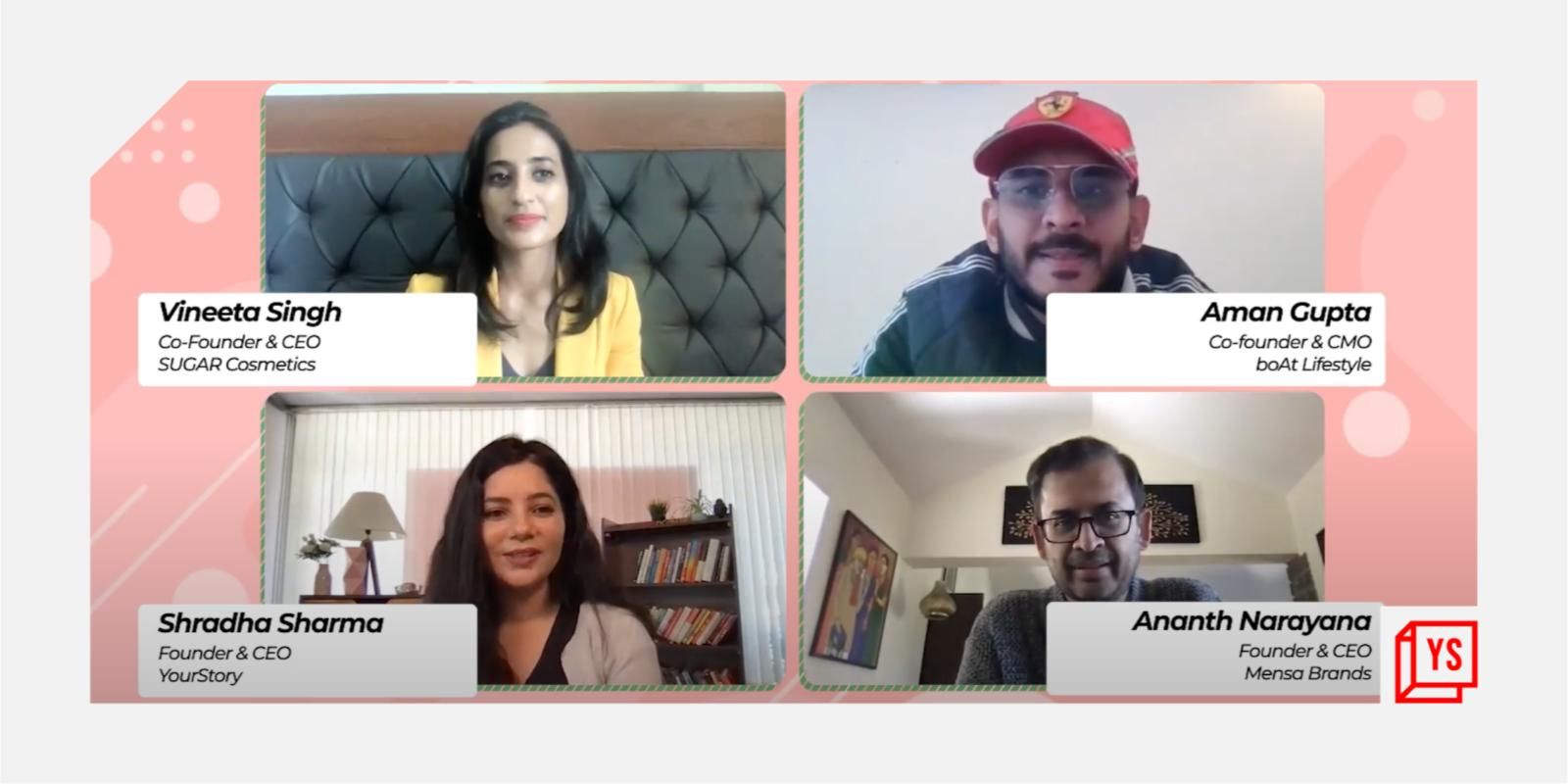Will New Delhi, Karnataka cabbies' own app be a match for Ola and Uber?
Anil Budur Lulla
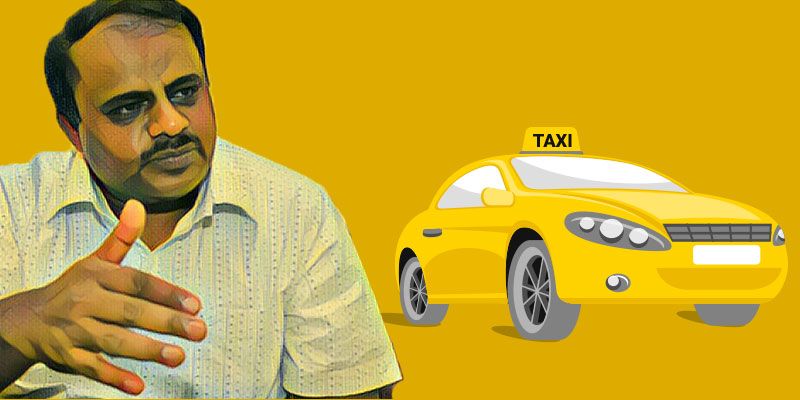
Friday March 24, 2017 , 8 min Read
Frustrated with the way Uber and Ola have reduced driver incentives and increased their own commissions, cab drivers have sought the help of former Karnataka Chief Minister HD Kumaraswamy and started HDK Cabs. But how viable will the new aggregator platform be?
“We need to work for at least 18 hours to get our incentives. It was much easier earlier. We aren’t getting what we were promised; how will we be able to support our families at this rate? Nothing seems to have changed even after the strike we hosted,” says a frustrated cab driver associated with the Ola and Uber apps.
It is no secret that the incentives have dropped and that drivers aren’t happy with the change. A cab driver who would once earn close to Rs 1,00,000 a month no longer earns that much. The debate on what the drivers were earning and should earn has been on for over a month.
And now, with Uber rethinking its car leasing strategy in India in light of drivers returning dozens of leased cars and the kind of cash burn it sees, it is again the drivers who are getting the raw end of the deal.

Focus on helping the drivers
The drivers went on a hunger strike and yet, Ola and Uber didn’t bat an eyelid. Frustrated by the lack of help they received from the aggregators and policymakers, the drivers have decided to start their own app — HDK Cabs — with the help of former CM HD Kumaraswamy.
"Their problem is one and a half years old. They have been asking me for help from then on as the aggregators are cheating them. Last month, when the protests intensified, I had asked the Karnataka transport department and transport minister to intervene. Neither of them showed any interest and the drivers and owners formed an association and asked me for help again. I hear that in Delhi too the situation is the same and the people there also need help."
A win-win for drivers and consumers
The former CM said he was forced to help them out as poor people and their families were at the mercy of MNCs. However, refuting reports that he has invested money in it, Kumaraswamy says the app will be run on a cooperative model and he is only providing them with aid and an app.
HDK Cabs will work as an aggregator that will be run by an umbrella of cab drivers and owners. Kumaraswamy added that the commission would be as low as 10 percent, while Uber and Ola charge drivers 25–30 percent and set steep expectations in terms of the number of trips and driving hours to earn more. The cost per kilometre for users would also be a third less and at a fixed rate.
But will this affect the workings and the day-to-day functioning of the Ola and Uber apps?
“Building an app isn’t difficult, but sustaining it is going to be a problem,” says an employee of one of the unicorn cab aggregators. The cab drivers, however, don’t agree with this assessment. Over 15,000 cab drivers and owners are said to have evinced interest in attaching cabs to this company for a period of one year.
Krishna Gowda, a driver-cum-owner, said he was happy that Kumaraswamy had taken this important step when other politicians were shying away from helping them in their fight. "I am willing to attach my cab with HDK Cabs and I am sure it will be a roaring success" he added.
Incidentally, cabs are not new to Kumaraswamy or his party JDS' game plan. A few years ago, he was all set to launch an airport cab service but his plans ran into rough weather following an electoral debacle. Cab drivers even now swear that Kumaraswamy was all set to start what is now Mega Cabs and that it changed hands at the last minute.
The investments that go in
Although both Ola and Uber have leasing facilities and offer insurance to help their driver entrepreneurs, what is more attractive to the drivers here is the low commission rate. But again, is it sustainable? Building and maintaining an app like Ola is not child’s play.
“Since the drivers use the app every day with ease, they think building and sustaining something similar will be easy. But that just isn’t the case. The kind of algorithms that go into building an app that has a map, number recognition, facial recognition, matching, and tracking isn’t simple to build — there are several layers attached to it,” said an Uber employee.
Also, while HDK might have grand plans of leasing and providing insurance, those are possibly the most cost-intensive parts of the cab business. While the drivers’ incentives have earned them close to $1,838, this has just meant more cash burn for the aggregators.
To lease a new small car through Uber, drivers are believed to pay Rs 33,000 deposit less than what would be needed to pay to buy a car from a dealer with a bank loan. The cash burn in the cab aggregation business is significant — in FY 2015, to earn a revenue of Rs 31 crore in a month, Ola spent nearly Rs 100 crore. Uber has announced that it intends to spend over $1 billion in India.
Customer is king
Ola and Uber might have cut drivers’ incentives, but they continue to give discounts to the end consumer — Ola has slashed its prices in Bengaluru by 20 percent and Uber today offers 25 percent discounts on its rides. At the end of the day, the cash burns are endured just for one person — the consumer.
Ola, for one, has launched over nine categories to ensure customer stickiness and even started Lux to cater to those seeking luxury. Vishnu Kumar, a 38-year-old software professional, says,
“For me, it doesn’t matter if I get a cab from Ola, Uber, or another aggregator. What really matters to me is the quality of the service, cost, and the seamless experience I get. If this new cab aggregator is willing to provide that to me, I would definitely shift.”
But can HDK offer that? YourStory decided to speak to independent app developer and technology expert Kausthubh Adhikari, and the first thing he said was, “Building it isn’t hard or that expensive —what will really cost are the servers and maintaining that app.”
Building and maintaining an app like this
With the cab drivers building the app, they need to be prepared for one thing — volumes, especially if they are going to detach themselves from Ola and Uber and attach themselves to HDK. With time, the number of bookings per minute will increase substantially, as will their complexity.
There will come a time when numerous people will be booking cabs from different locations, which means the backend of the app needs to be optimised to balance the load and complexity to be able to provide a superior experience every single time.
“In case of Ola and Uber, the driver in a particular radius who is nearly completing his trip is allocated to the next customer. This is achieved with sophisticated algorithms, which in general, enhance the user experience,” adds Kausthubh.
The app needs to be able to handle the peak hours, jams, and most importantly, a peculiar Indian problem — fluctuating network conditions. There are several layers the app should cover:
- The app should see to it that it doesn't tax users’ data bills. This means it needs to have a lightweight payload while communicating with the server
- Handle the fragmentation in mobile platforms. The app should be able to function and run smoothly on everything from low-end Android phones to high-end Androids and IoS phones
- Have a safe and secure payment gateway integration
- Encrypt and secure data — that is, protect user data
- Have the ability to support via apps and other channels — Twitter bots, Messenger bots, call centre, etc.
- Retrieve accurate location with least battery usage on mobile
- There needs to be a mix of polling service and machine learning-driven algorithms to group people with nearby drop locations (this includes taking into account the traffic conditions, route diversions, etc.)
- A machine learning-driven algorithm to rank a customer
- Safeguarding from fake requests — DOS, DDOS (Uber does block users with IMEI, location)
- Algorithms to curtail fake duties registered by cab drivers
- Developing and maintaining the backend which is written using multiple technologies and requires professionals with specialised skill sets
Also, to build such a complicated app, you need an excellent developer. The cost of just building the app would be Rs 3–5 lakh and if the app is outsourced to an IT firm the cost would be a minimum of Rs 10 lakh. All the building details are yet to be revealed, but there should be more clarity by Ugadi in the last week of March. Kumaraswamy, reiterating that he is not an investor, says,
"It will all be run democratically. I am helping them evaluate the apps that are being demonstrated and will soon zero in on one of them and the business model around it."
The services are expected to be flagged off sometime in April or May and it will be interesting to see whether customers in this startup city truly embrace HDK Cabs.






